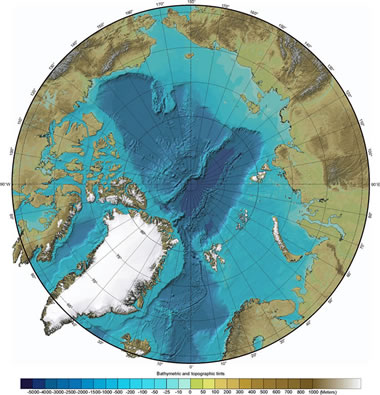June 20, 2013 - 7:34 AM, By KARL RITTER, Associated Press
STOCKHOLM (AP) Norway's Parliament has opened up a new area on the fringe of the Arctic Ocean to offshore oil drilling despite protests from opponents who fear catastrophic oil spills in the remote and icy region.
See more at: Norway opens Arctic border area to oil drilling | CNS News
In addition, Russia and Canada are exploring and drilling. Only the USA isn't!!!
STOCKHOLM (AP) Norway's Parliament has opened up a new area on the fringe of the Arctic Ocean to offshore oil drilling despite protests from opponents who fear catastrophic oil spills in the remote and icy region.
See more at: Norway opens Arctic border area to oil drilling | CNS News
In addition, Russia and Canada are exploring and drilling. Only the USA isn't!!!

